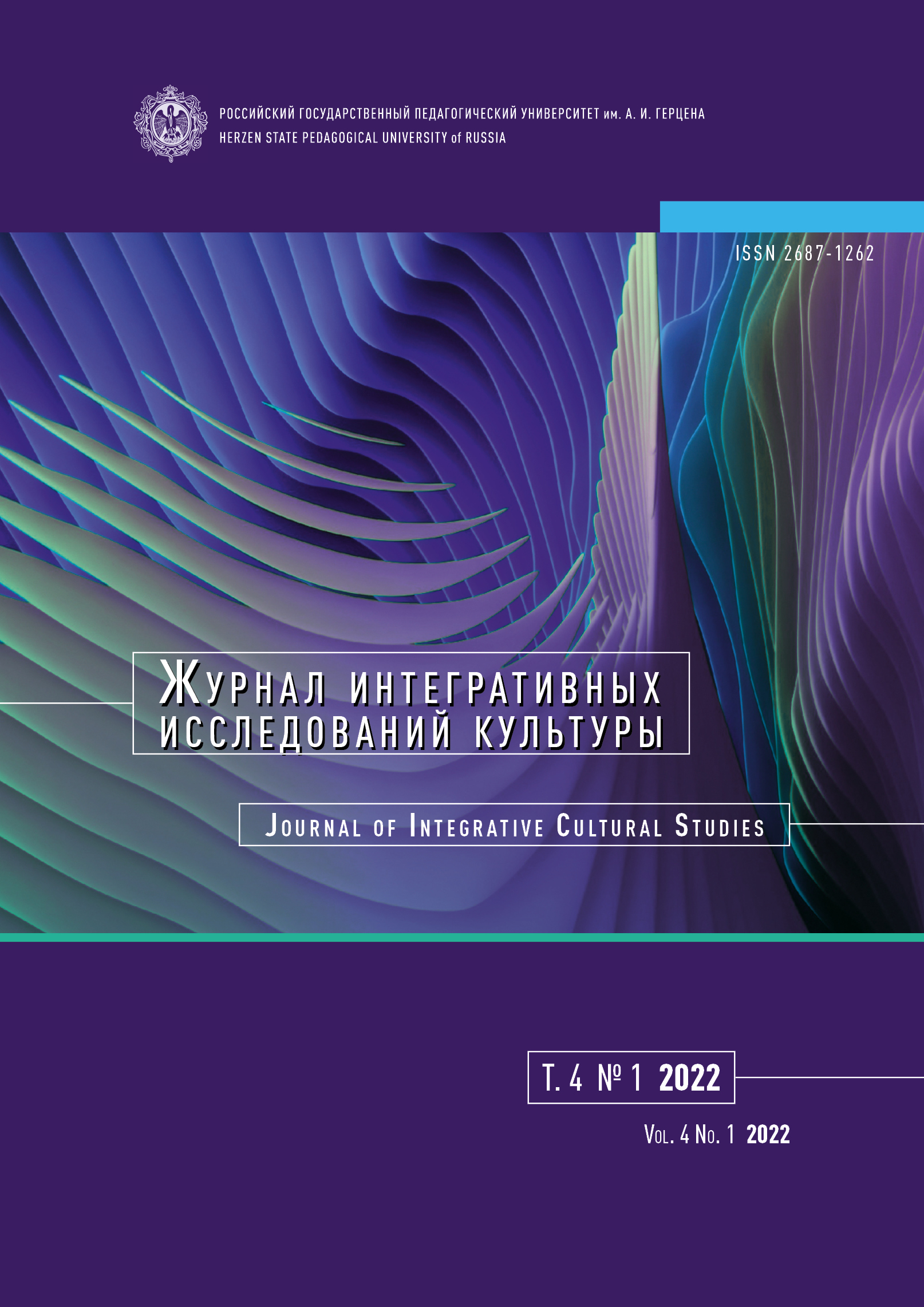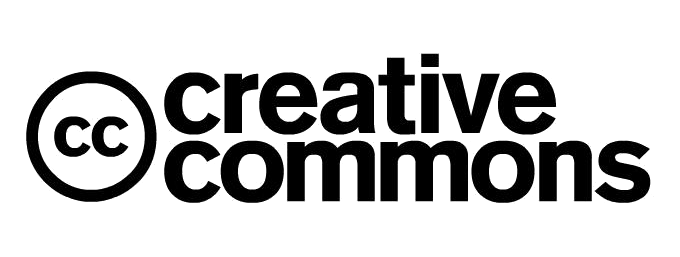Different twins: Typologies of Russian postmodernism and individual aesthetic experience
DOI:
https://doi.org/10.33910/2687-1262-2022-4-1-42-49Keywords:
samizdat, neoavangard, absurdism, postmodernism, Viktor Sosnora, Arkady Dragomoshchenko, Vladimir Kucheryavkin, Boris Constrictor, Dmitry Volchek, Dmitry GolynkoAbstract
This article presents a reflection on the works of six poets who came out of the late Soviet underground: Viktor Sosnora, Arkady Dragomoshchenko, Vladimir Kucheryavkin, Boris Constrictor, Dmitry Volchek and Dmitry Golynko. All are both different and alike in their membership in the underground of the 1960s–80s. These poets belong to three generations of the same tradition and build their own trajectory in the space of modern literature, where high feelings are associated mainly with the concepts of strategy, positioning and rating. They represent almost entirely the nonconformist scene of Leningrad and its place in the modern literary situation, still value independence from literary institutions, bypassing the “New World”, “New Literary Review” and Livejournal on a tangent. Their way of being historical is to avoid being completely biased.
In the 1990s, each author disposed of the cultural baggage of Soviet nonconformism in his own way. The trajectories they have chosen in modern times were as diverse as their poetic programmes were different before. Modern literature, which is not inspired by the passeism of memories, is nevertheless predetermined by the utopian past, its background. The identity crisis, the end of history, the devaluation of ideology—all were experienced during the years of the agony of the Soviet utopia, when the processing of the experience of the Silver Age was put at the forefront. Russian postmodernism turned out to be the aesthetics of revolutionary anarchy, scepticism and Great Russian lawlessness. Each author has found his own way of participating in this story—from rejection or emigration to working as a columnist or choosing quiet coexistence. Today, all of these paths are equally possible and can be equally successful.
Downloads
Published
Issue
Section
License
Copyright (c) 2022 Stanislav A. Savitski

This work is licensed under a Creative Commons Attribution-NonCommercial 4.0 International License.
The work is provided under the terms of the Public Offer and of Creative Commons public license Creative Commons Attribution 4.0 International (CC BY 4.0).
This license permits an unlimited number of users to copy and redistribute the material in any medium or format, and to remix, transform, and build upon the material for any purpose, including commercial use.
This license retains copyright for the authors but allows others to freely distribute, use, and adapt the work, on the mandatory condition that appropriate credit is given. Users must provide a correct link to the original publication in our journal, cite the authors' names, and indicate if any changes were made.
Copyright remains with the authors. The CC BY 4.0 license does not transfer rights to third parties but rather grants users prior permission for use, provided the attribution condition is met. Any use of the work will be governed by the terms of this license.







